November 5-11, 2023
Gray and Snowy

This long stretch of gray, rainy days continues, with occasional bits of blue sky, and snow on the hills, thrown into the mix.
Week in Review
Writing a weekly newsletter over the winter is going to be challenging, and this week is a perfect example: Not a lot happens—or changes—on a week-by-week basis in the winter!
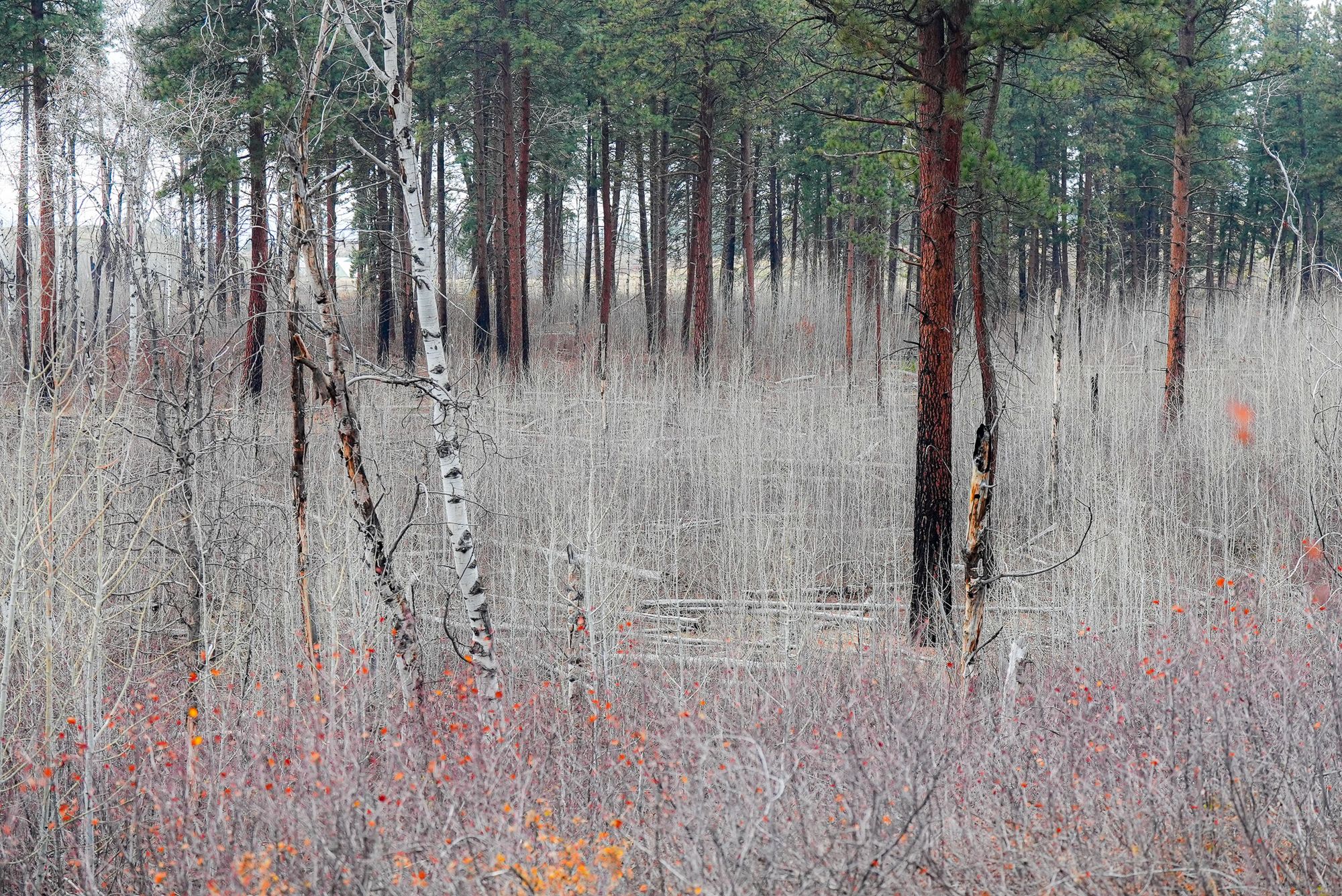
If you go outside on these gray, chilly days what is there to look for? Plants are asleep, insects are virtually non-existent, birds are limited to a handful of winter residents, and we see the same few mammals over and over again.
That said, I'm still looking forward to discovering what we find to talk about each week in the newsletter! And, for this reason, I appreciate the observations that everyone posts on our Facebook group because it takes a lot of eyes to find interesting wildlife in the winter and it's so much fun to share these sightings with you.
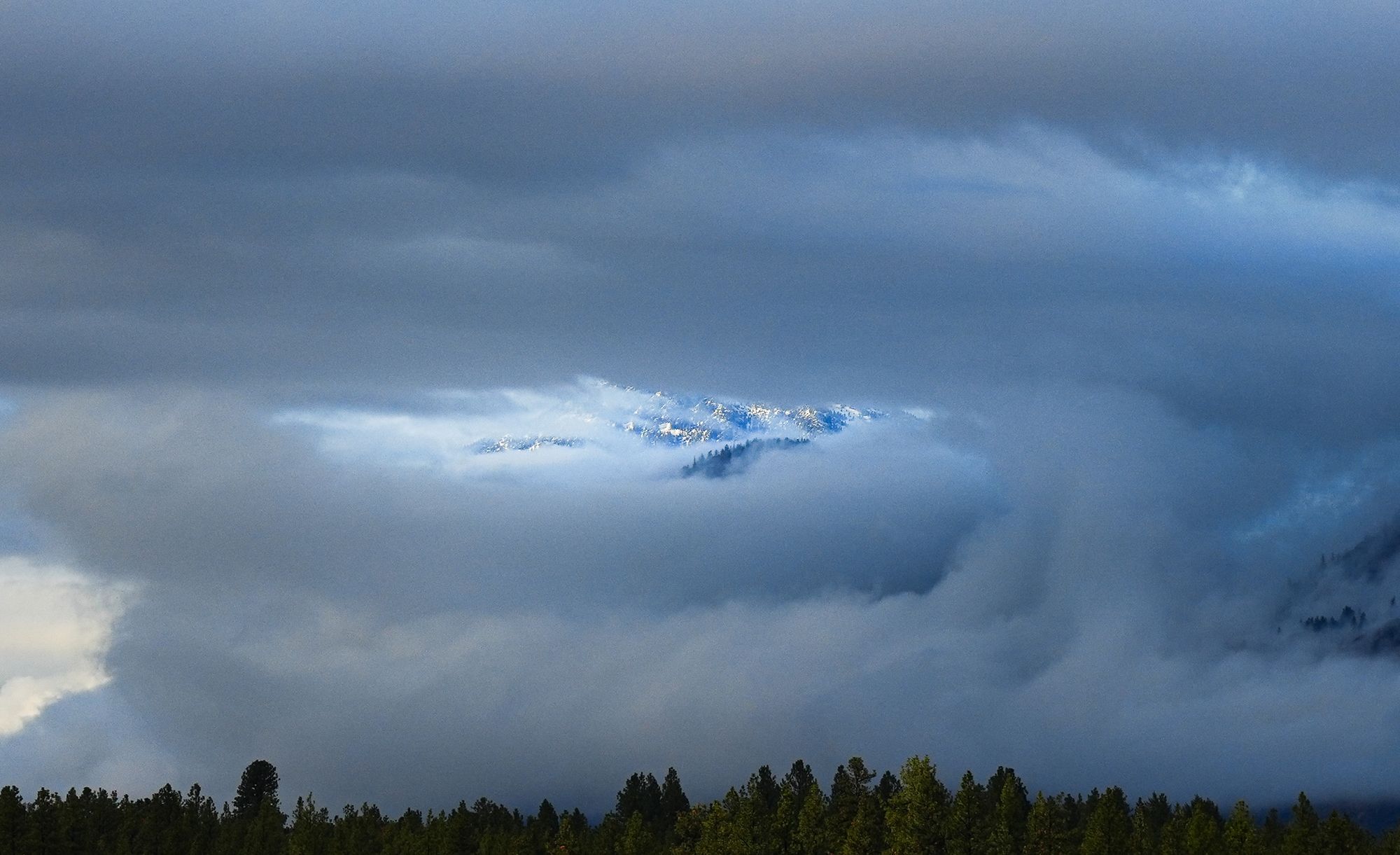
Some of the animals most worth looking for will be birds because we could potentially get some fascinating visitors this winter.
First up might be unusual birds like redpolls or snow buntings that show up most winters. We should also see some northern shrikes that stake out our winter bird feeders and terrorize small songbirds. These birds are all northern species that head south and show up in varying numbers depending on how severe the winter ends up being in Canada and Alaska.
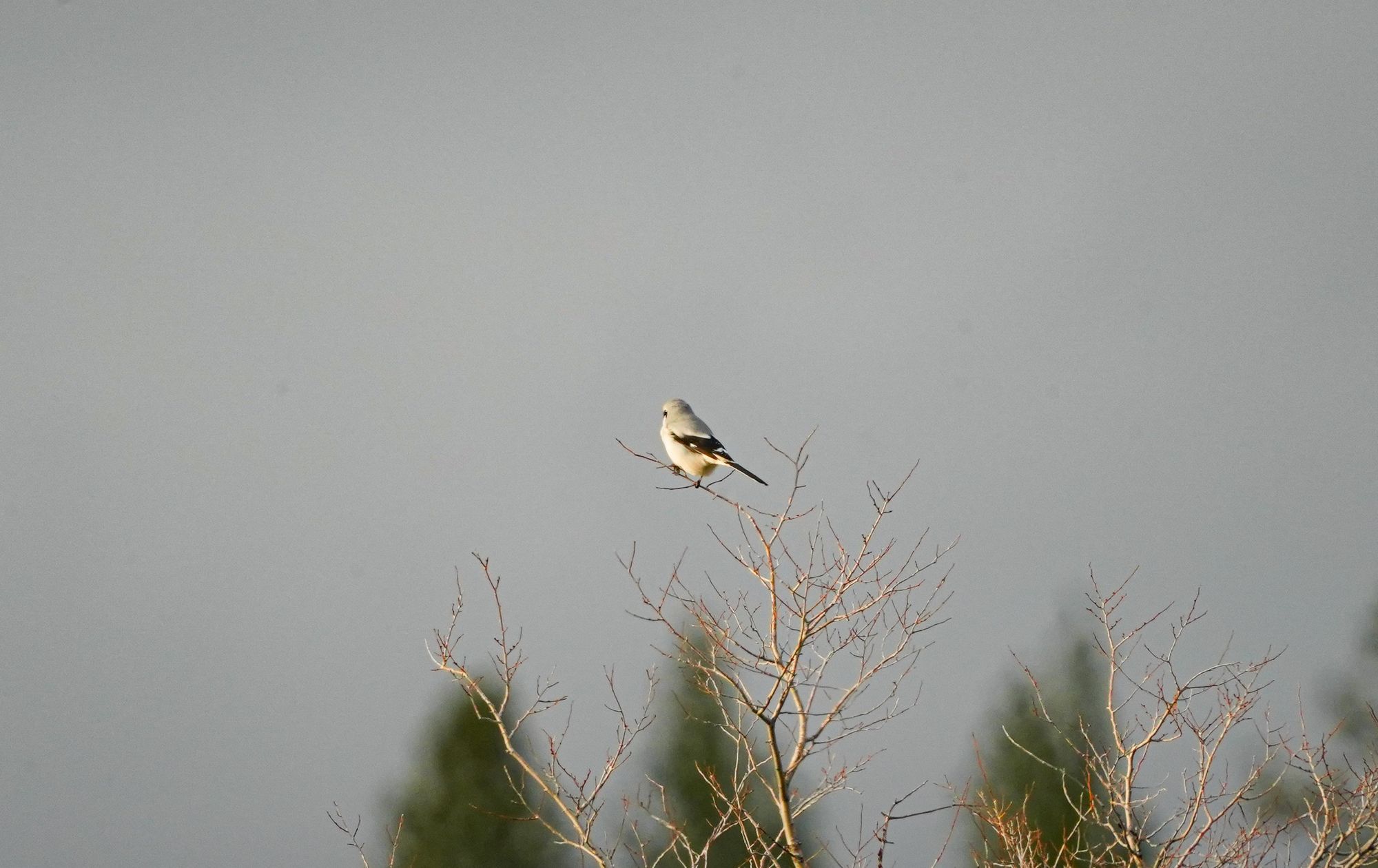
A number of other species are loosely migrating at this time of year. And when I say "loosely" I simply mean that their southward migration is leisurely and dispersed, so they can show up almost anywhere.
An example would be the "Harlan's" red-tailed hawk that seemed to be hanging around this week. This is a distinctive race of red-tailed hawk that breeds in Alaska and the Yukon, then winters in the southern Great Plains. These adaptable hawks aren't in a hurry to migrate south, or follow pre-determined routes, so they tend to do a lot of wandering.
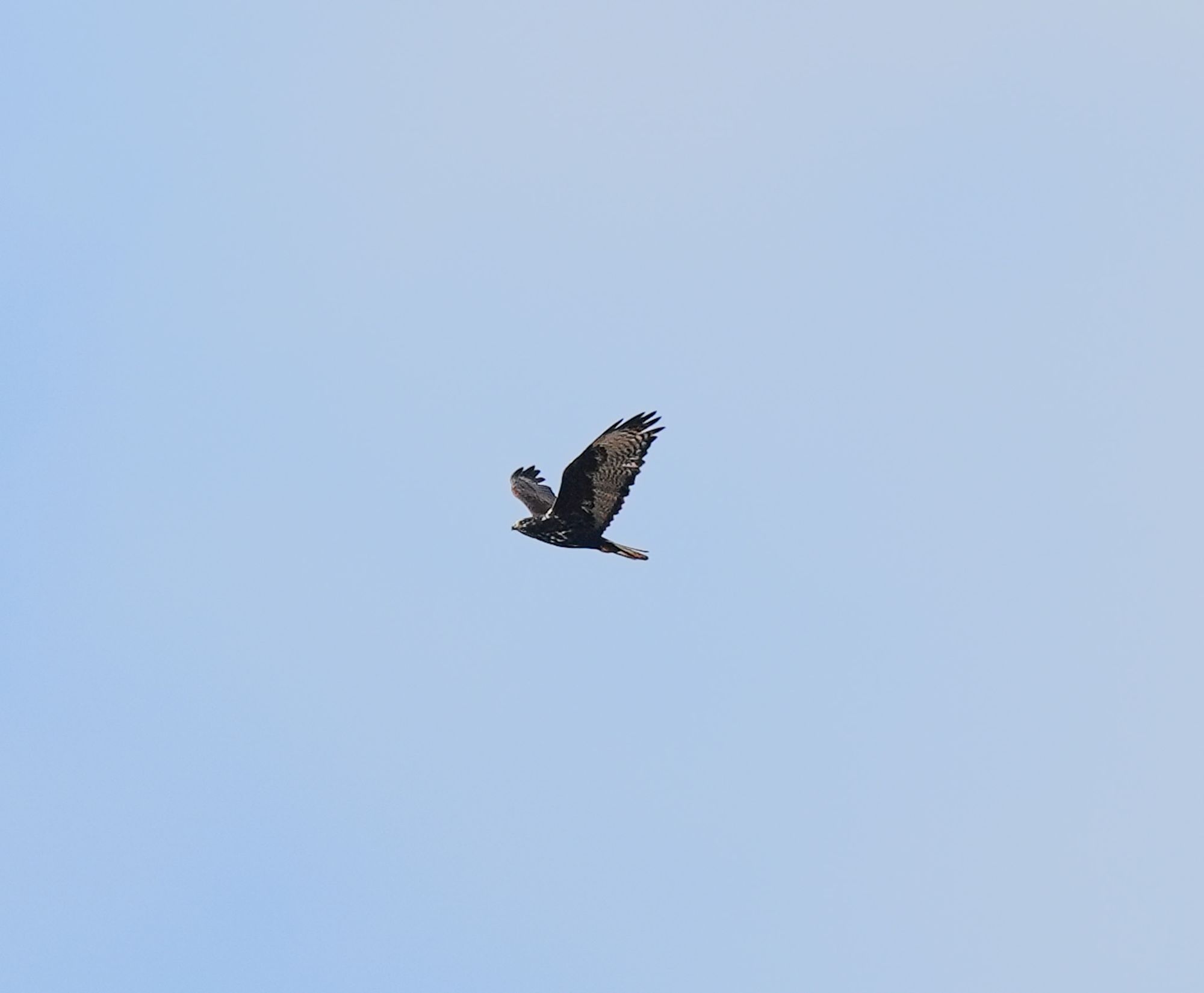
Naturalist Spotlight: Dana Visalli
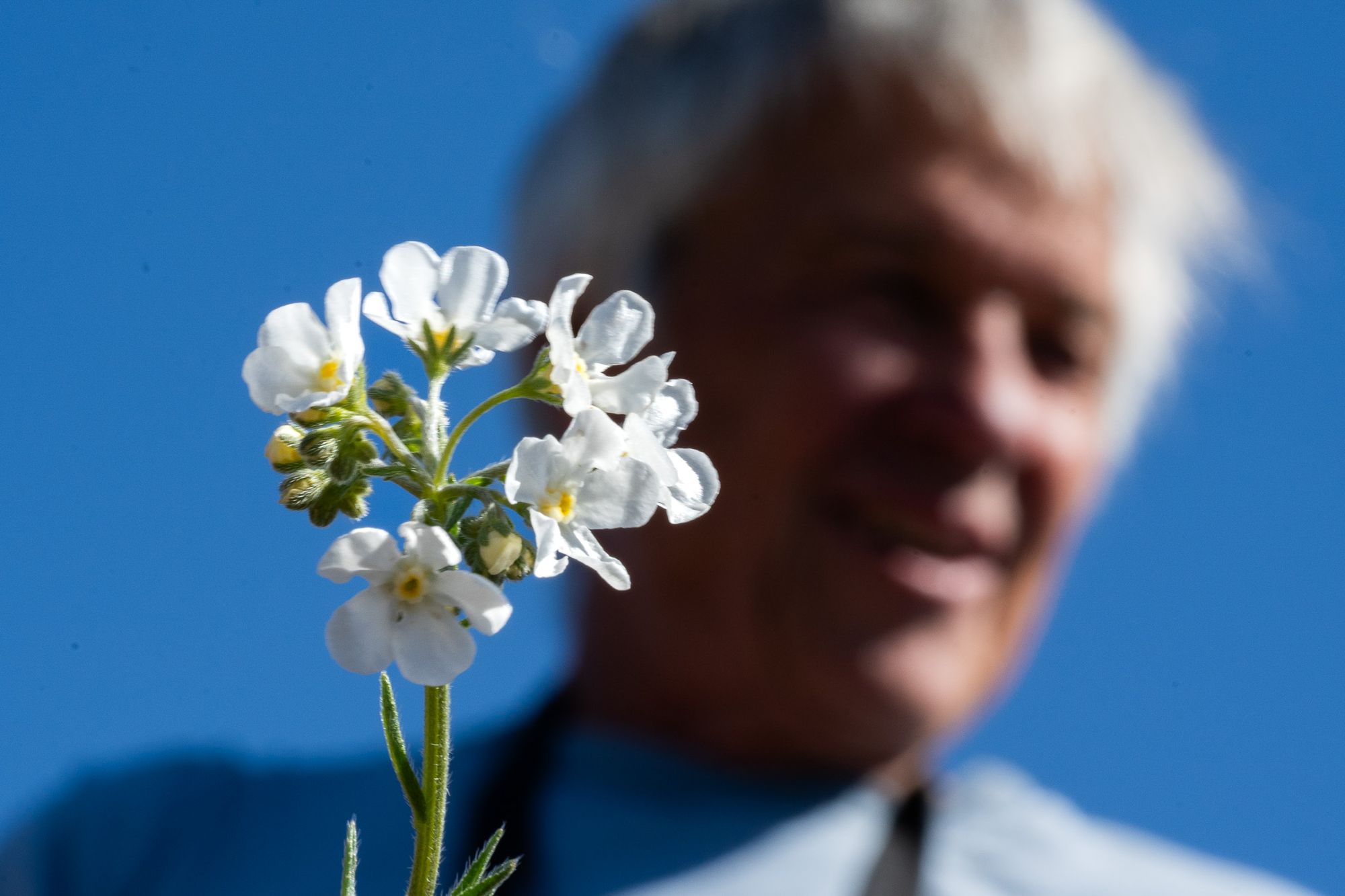
We are extremely fortunate in the Methow Valley to have a legendary naturalist in our midst. Someone with an immense body of knowledge, and intense passion for the plants and animals of this place.
I have spent my life working with top-notch naturalists, and Dana Visalli is in a league of his own. Dana is a classic, old-school naturalist, someone so excited about natural history that he hikes with heavy flower books in his pack, stopping at a moment's notice to key out tiny flowers, and bringing specimens home to identify over dinner.
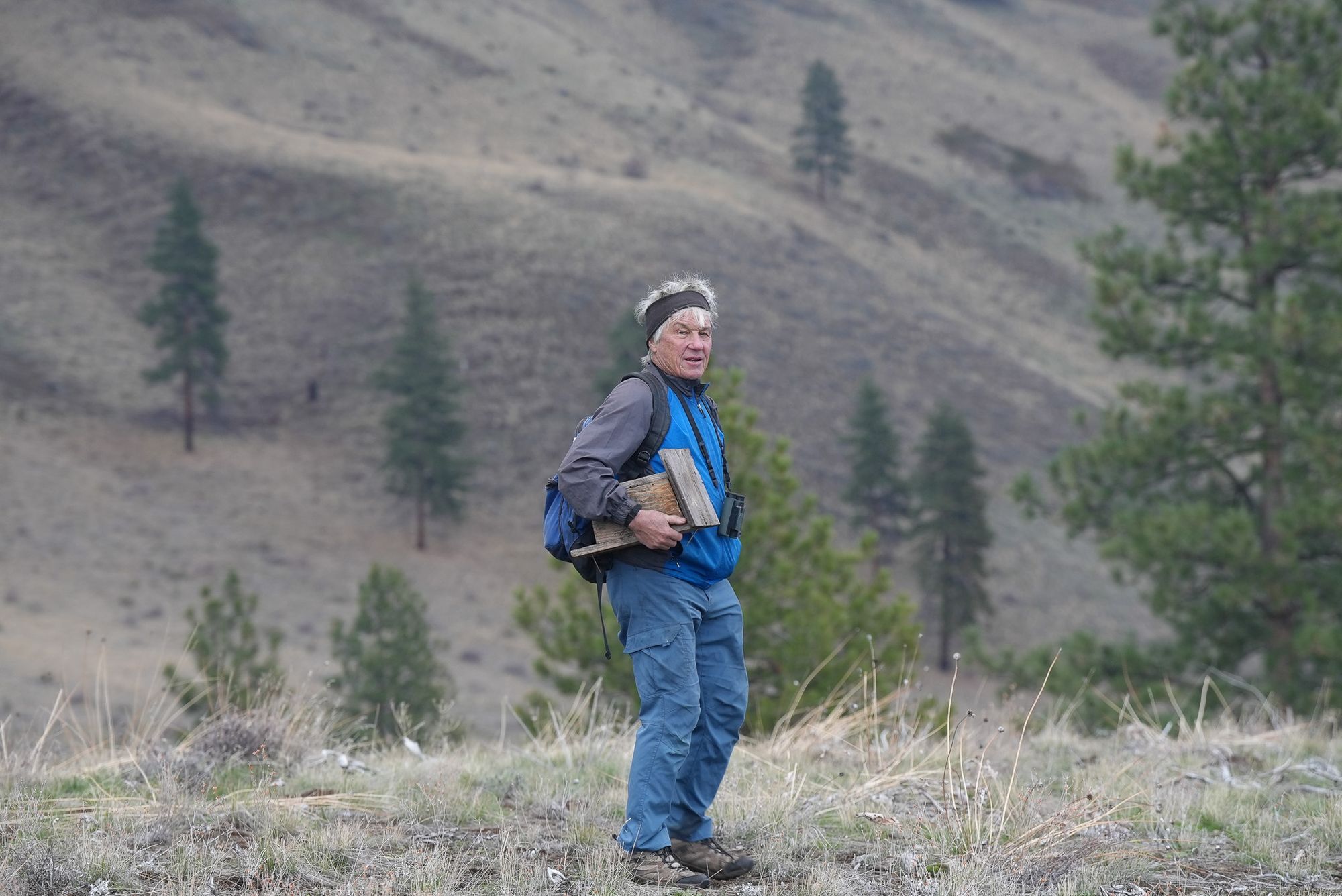
Dana has lived in the Methow Valley for over 50 years, observing, teaching, and sharing everything he learns with boundless enthusiasm and a wry sense of humor. His quarterly journal, The Methow Naturalist, is a labor of love, full of stories about evolution and nature, ranging from the tiniest details, to the broadest sweeps of time and space.
Remarkably, Dana also compiles and continually updates comprehensive lists of all the plants and animals known to occur in the Methow Valley. These lists are a treasure trove for everyone who loves the natural world, and I am thankful for them because I couldn't do the work I do without them.
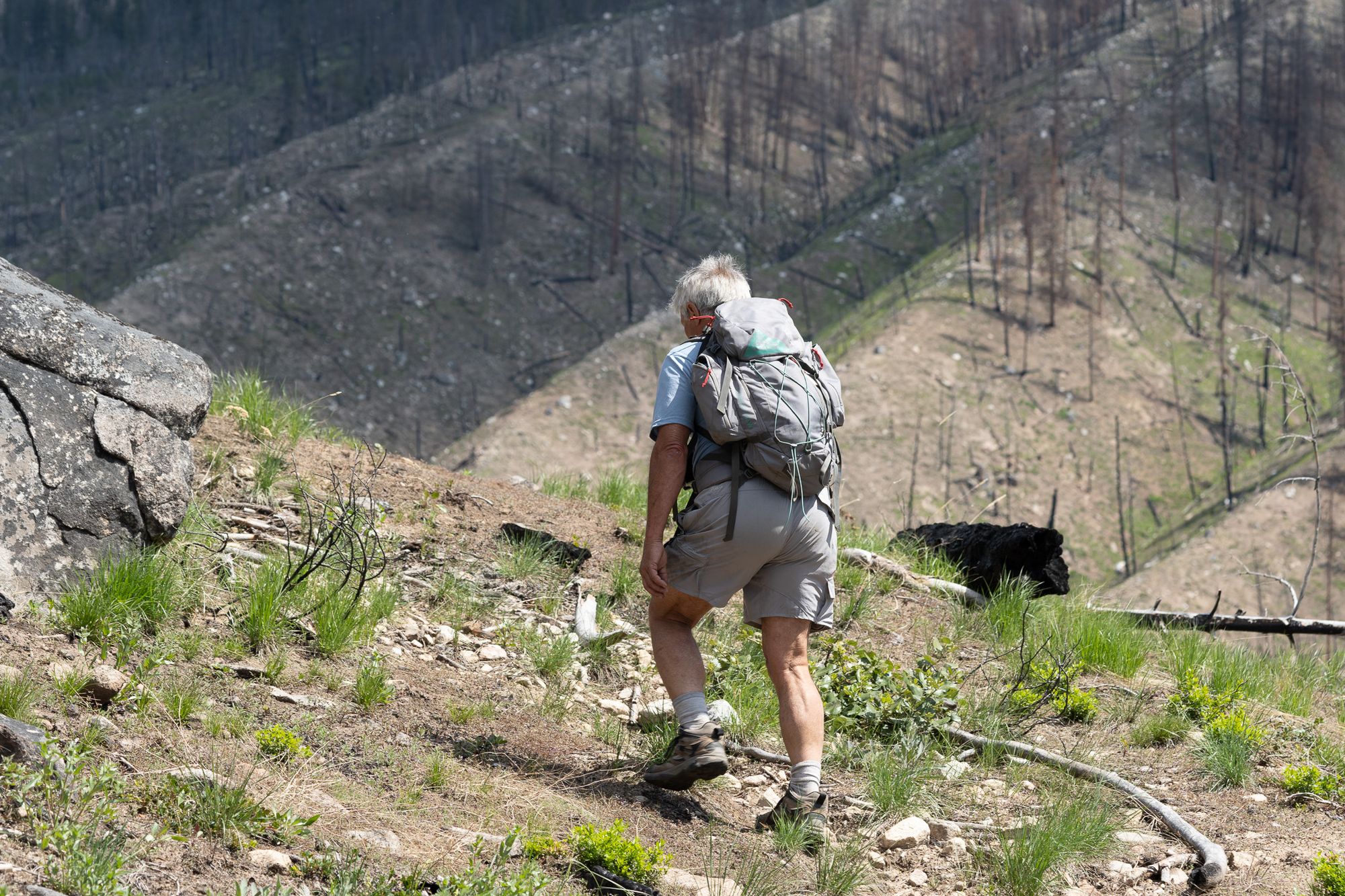
Dana's projects are a gift that will keep giving for generations because the many years of tireless focus and effort he has put into collecting this knowledge can never be replicated.
Look for Dana's The Methow Naturalist at local outlets like Cinnamon Twisp Bakery or the Mazama Store. You can also subscribe to the journal, and find copies of the checklists at his website, or by emailing Dana directly (dana@methownet.com).
Observation of the Week: American Dipper
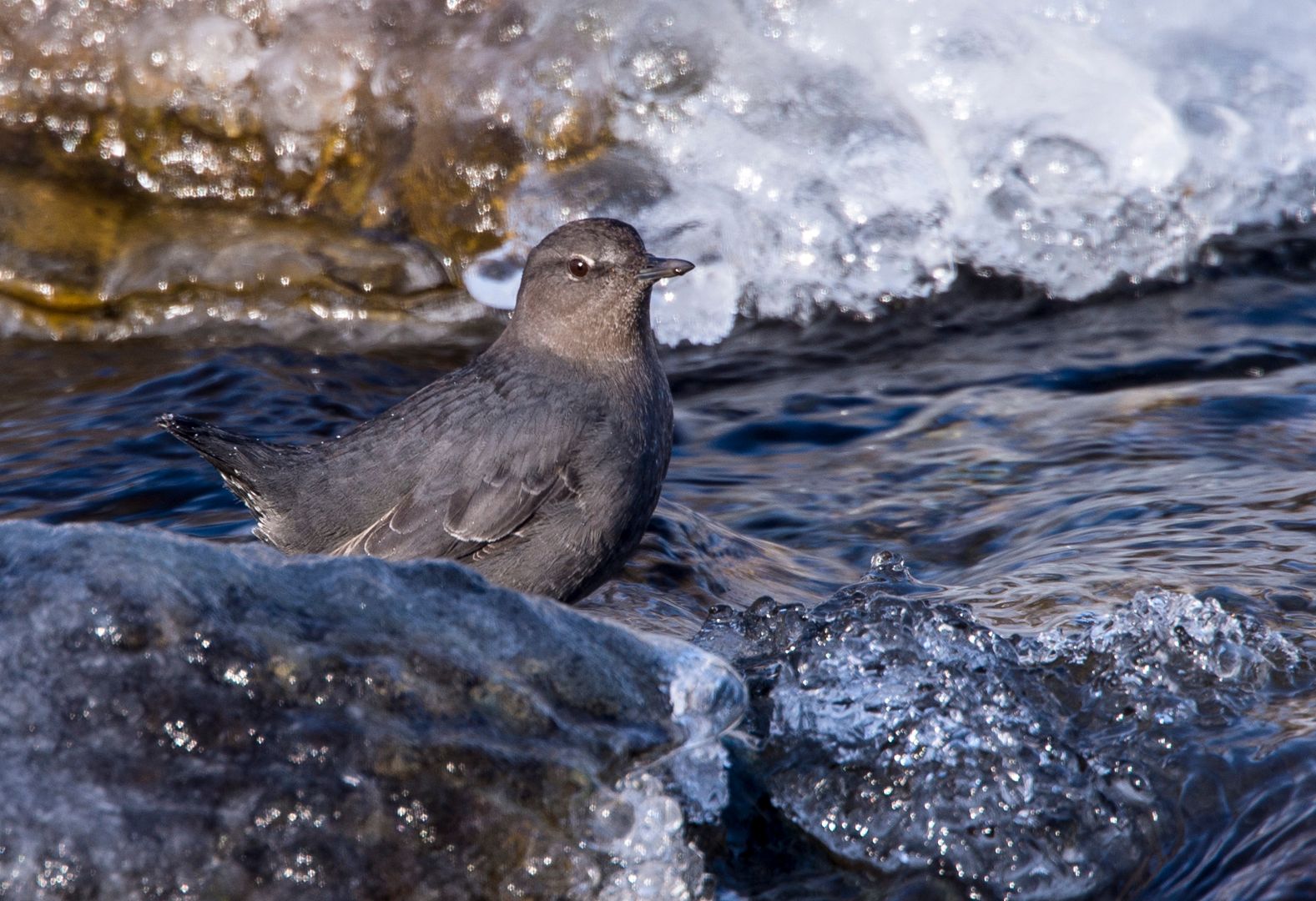
Even in the most frigid winters, our liveliest and busiest bird is almost certainly the American dipper.

You can't help but notice these lovely birds as they bob energetically along the edges of our local rivers and creeks, diving repeatedly to catch aquatic insects.
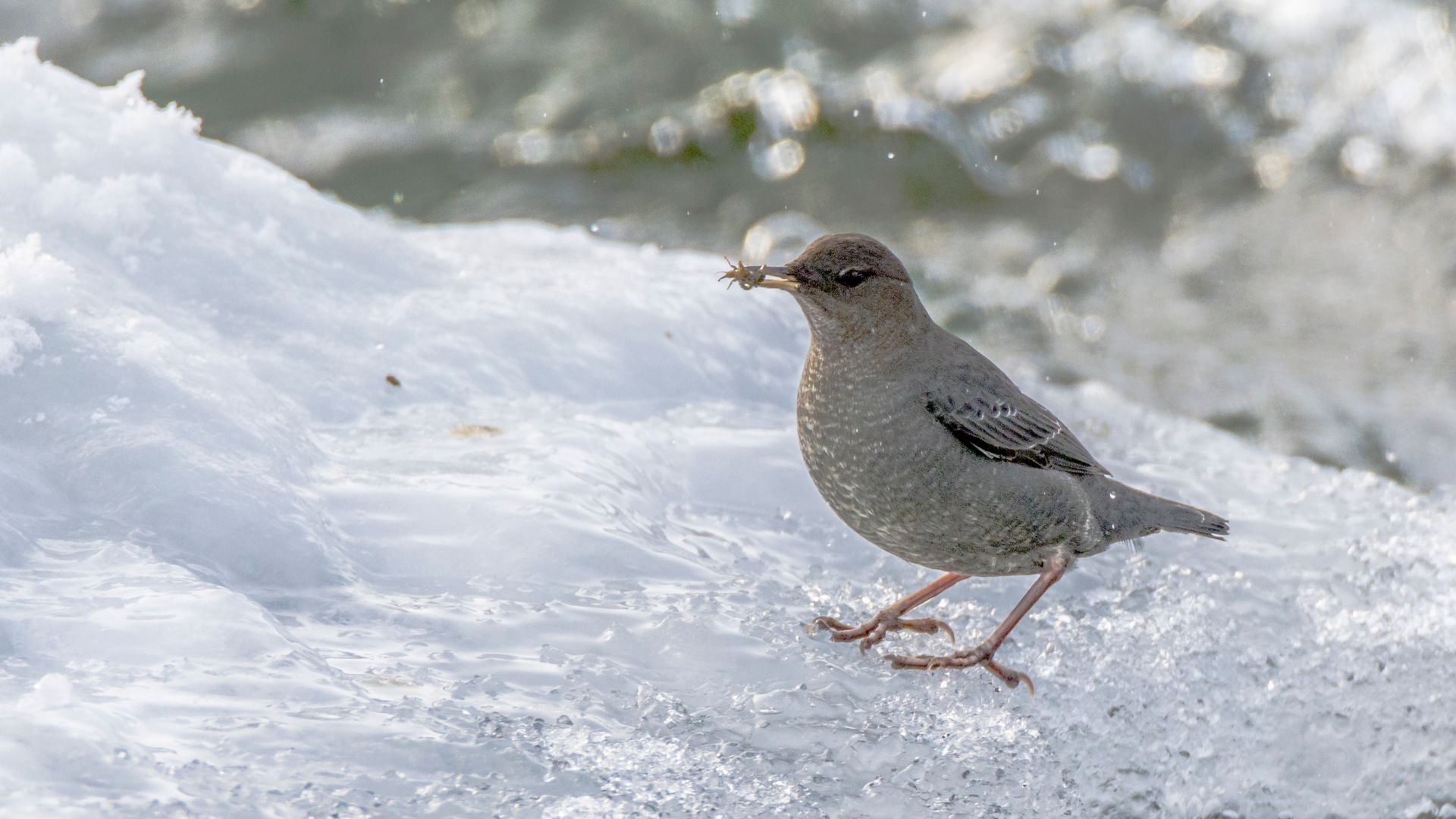
Dippers will remain in the valley all winter so long as there is open, free-flowing water; even if it means standing on ice and diving in and out of water in subzero temperatures.
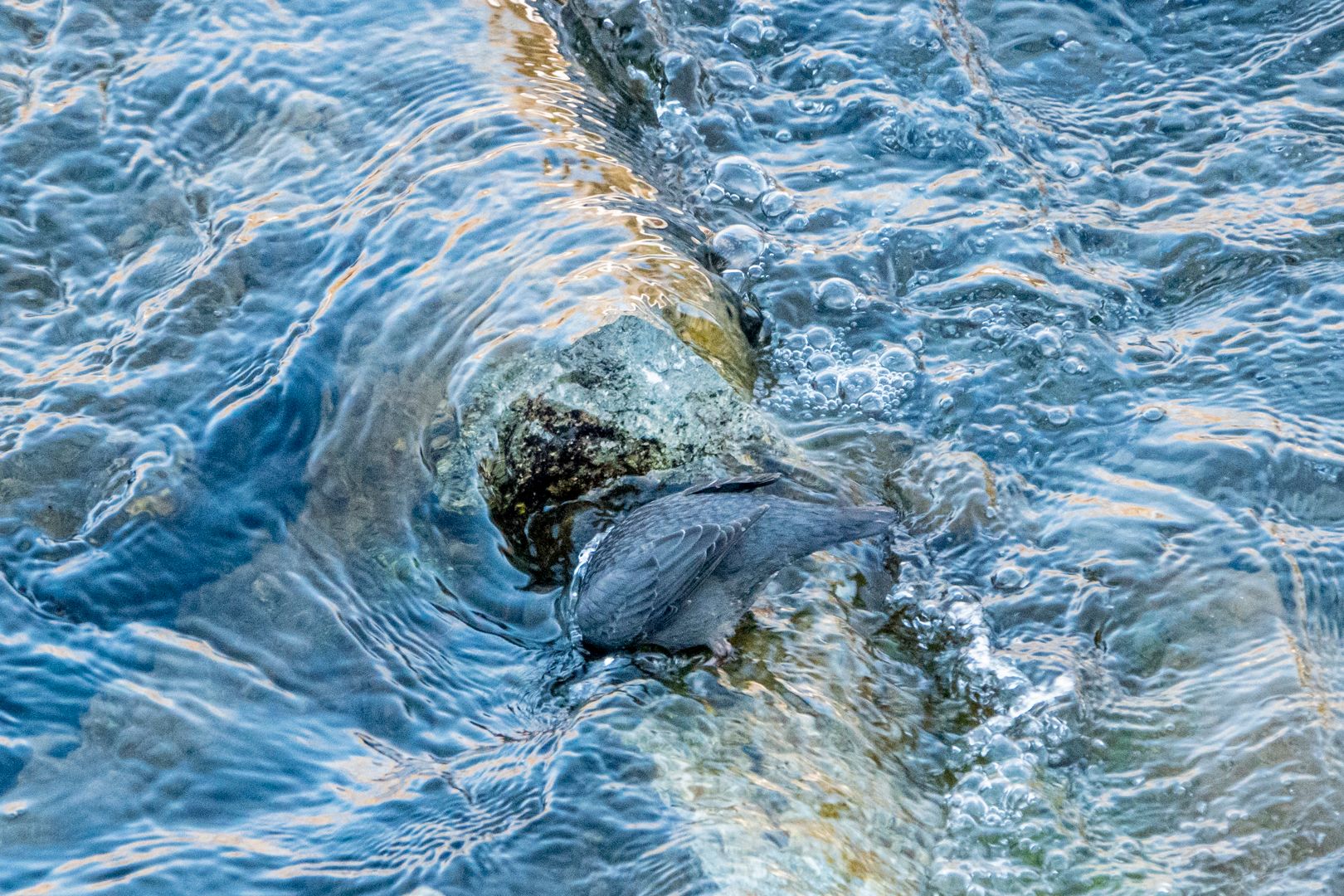
Of course, this lifestyle is possible because they are uniquely adapted to survive (and thrive!) in these conditions. Dippers are densely covered in waterproof feathers so this keeps them warm and dry (even their eyelids are feathered), and gives them access to an unlimited supply of aquatic insects.
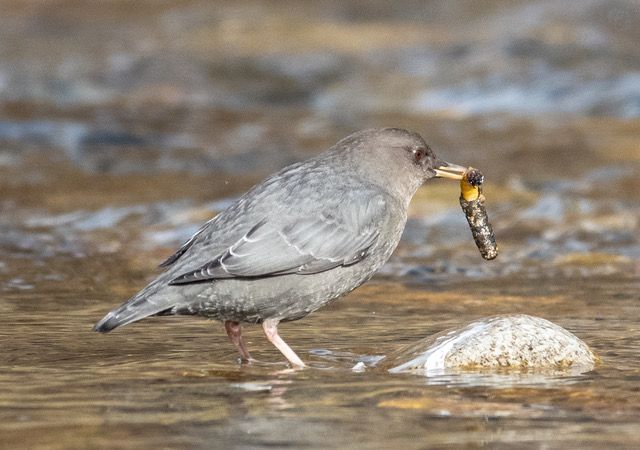
To access this food, dippers can dive up to 25 feet and walk underwater in rapids that would sweep us off our feet! Despite these conditions, it seems like dippers always have fun because they're so energetic, and frequently burst into song on even the worst days.

